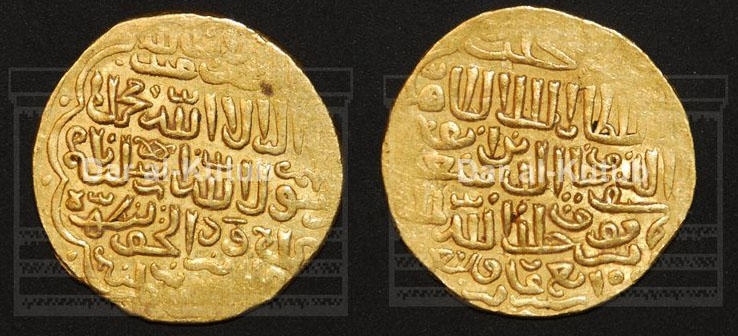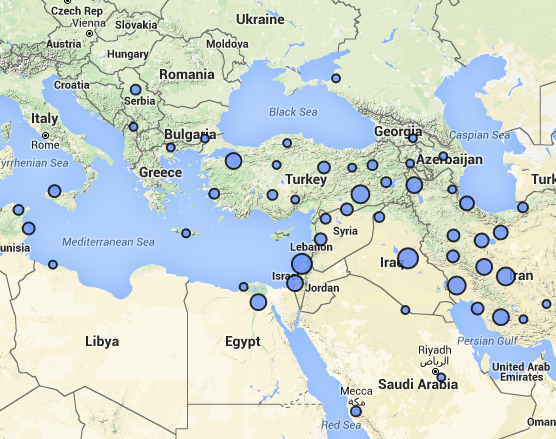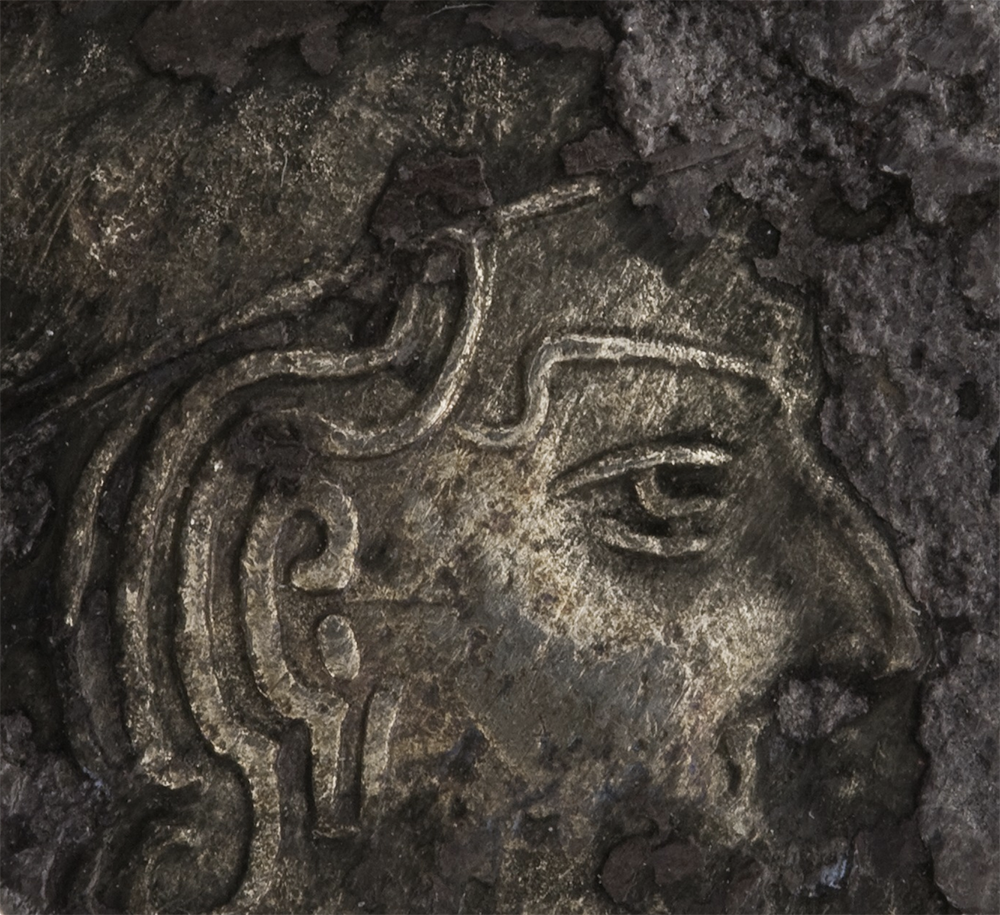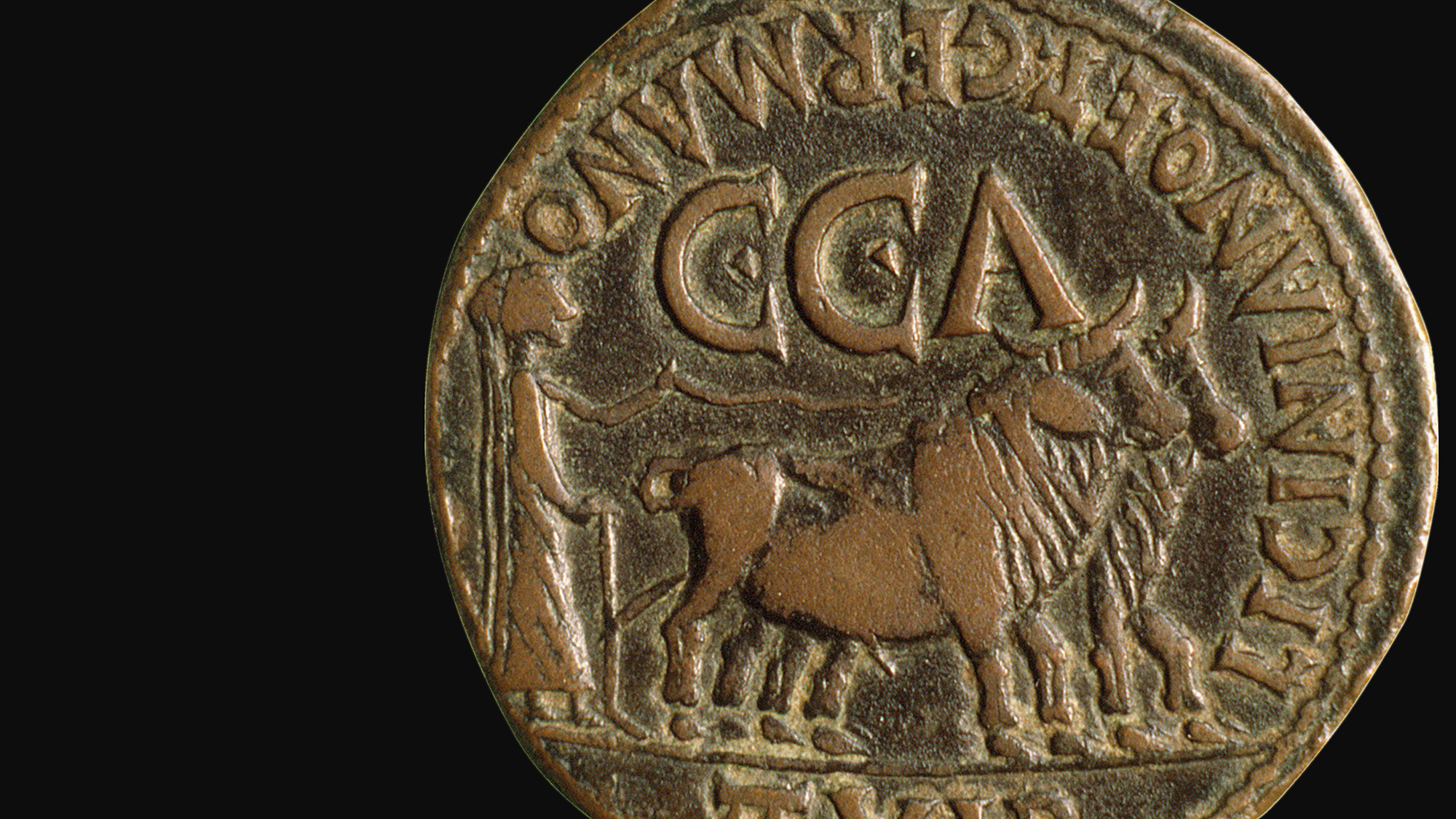Dar al-Kutub: Collection of the Egyptian National Library

The American Numismatic Society is pleased to announce, in collaboration with Dr. Jere Bacharach of the University of Washington and Dr. Sherif Anwar of Cairo University, the debut of Dar al-Kutub, a digital publication and database of the non-hoard numismatic collection of the Egyptian National Library.
The catalog consists of more than 6,500 objects, ranging from late Roman glassware and pre-Islamic Sasanian coinage to the modern Egyptian coinage of Anwar Sadat. The collection is particularly strong in Medieval Islamic coinage across all major dynasties. The catalog differs from its predecessors in a number of ways. Most notably, the collection has been photographed in color, with inscriptions read and transcribed from these images. The database includes references to the 1982 catalog of the collection undertaken by Dr. Norman D. Nicol.
The interface is available in both English and Arabic, owing to translations provided by Dr. Sherif Anwar. The multilingual interface is driven by numismatic concepts defined by Nomisma.org. Over the course of this project, more than 700 Islamic entities—people, dynasties, corporate entities, mints, etc.—were created in Nomisma, with labels in English, Arabic, and other languages, forming the technical foundation for the aggregation of other Islamic numismatic collections. Geographic coordinates have been included for the majority of Islamic mints, permitting the mapping of the Egyptian National Library collection.
According to Ethan Gruber, the ANS Director of Data Science, “the effort undertaken in defining Islamic entities in a Linked Open Data environment will make it possible to improve the Islamic department in the ANS database, and may make Islamic type corpora similar to Online Coins of the Roman Empire possible in the future.” Like other ANS digital projects, the data are freely available with an Open Database License, and are published in the Numishare framework.
The team wishes to thank the American Research Center in Egypt for their funding of this project, and acknowledge the contributions of all of the individuals named here.






